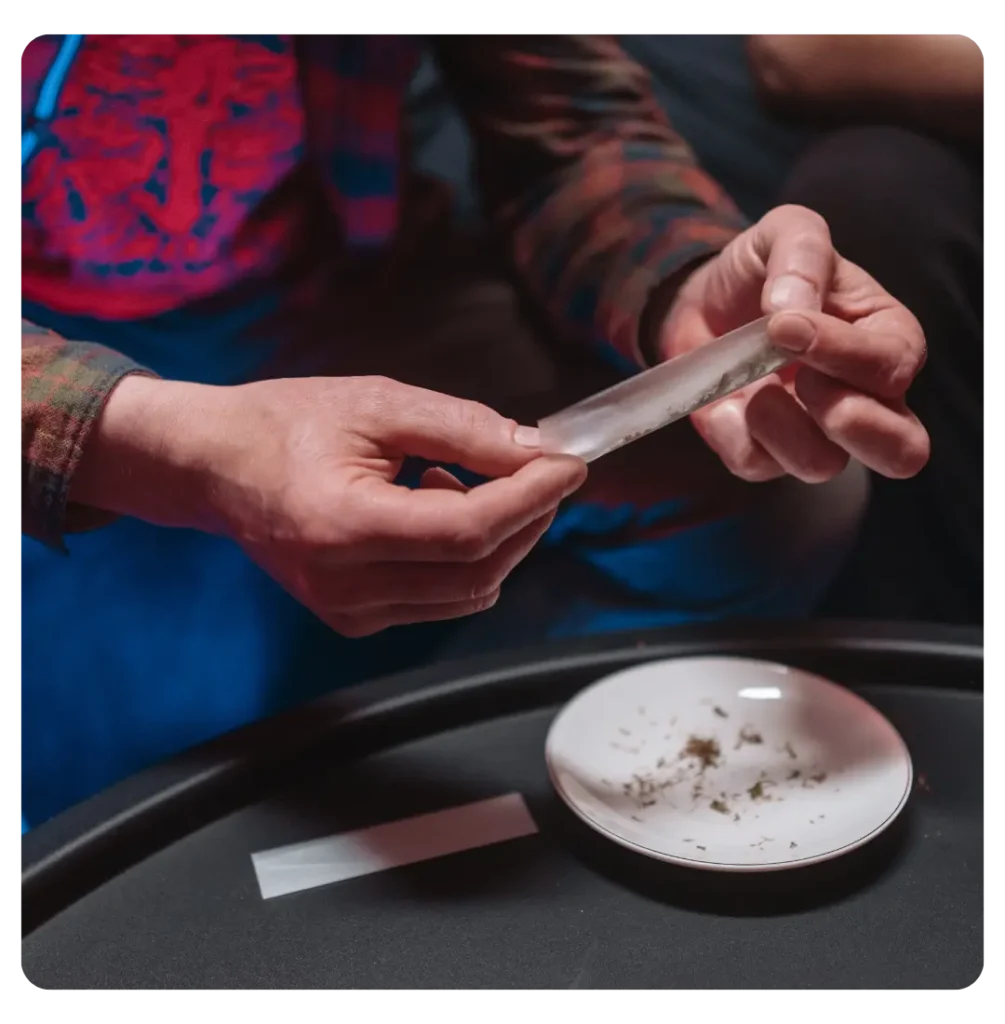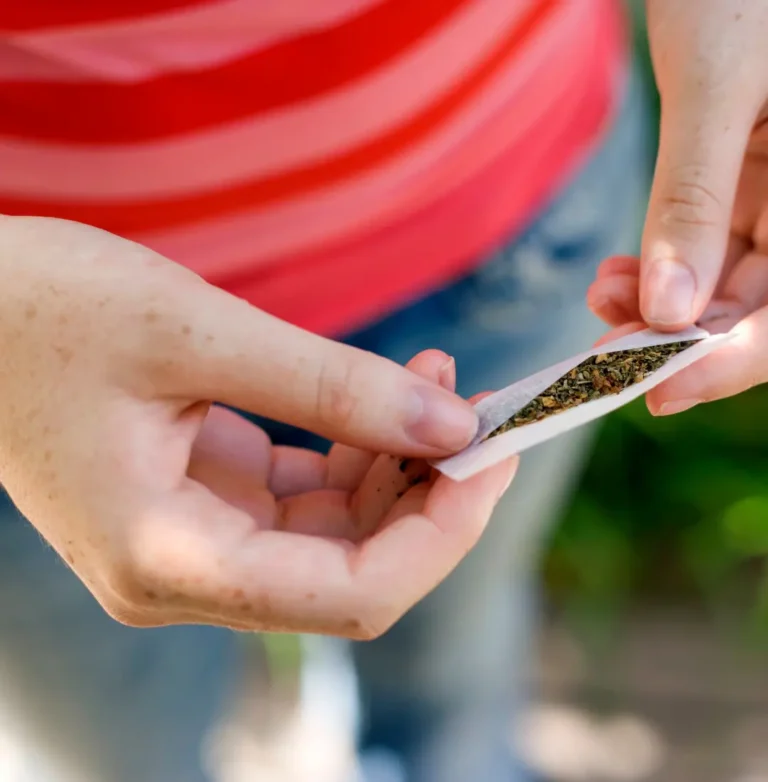Marijuana Prevention & Education
Resources designed to help teens and parents learn about the consequences of smoking cannabis.

What is Marijuana?
Marijuana is a psychoactive drug derived from the Cannabis plant. It contains a chemical compound tetrahydrocannabinol (THC), which is responsible for its mind-altering effects. When consumed, marijuana produces a range of effects, including relaxation, euphoria, altered perception of time and space, increased appetite, and changes in mood and cognition.
According to a 2022 CDC report, 30% of 12th graders reported using marijuana in the past year, with 6% using it daily. Teens who use marijuana may be less likely to graduate from high school or college compared to those who abstain.
The Dangers of Marijuana Use
Teenagers may experiment with marijuana for various reasons, including peer pressure, curiosity, stress relief, and the influence of media and pop culture. Societal attitudes and the legalization of marijuana have contributed to its growing normalization.
Adolescents are particularly vulnerable to the harmful effects of marijuana because of ongoing brain development. Regular use of marijuana during adolescence can lead to cognitive impairment, memory problems, and decreased academic performance. Marijuana use has been linked to an increased risk of mental health disorders, including depression, anxiety, and psychosis.

Marijuana Use FAQs
Is cannabidiol (CBD) the same thing as marijuana?
How is marijuana used?
Are some ways of using marijuana safer than others?
What determines how marijuana affects a person?
- Previous experience with marijuana or other drugs
- Biology (e.g., genes)
- Sex (e.g., women may experience more dizziness after using marijuana compared to men)
- How the drug is taken (e.g., consuming edibles or products with high tetrahydrocannabinol [THC] concentration can have delayed or unpredictable effects and increases the risk of overdose or poisoning)
- How much of the drug is used
- How often it is used
- If it is used in combination with other substances (using marijuana with alcohol or other drugs could lead to increased risk of harm, especially with unknown drug-to-drug interactions)
Is it possible for someone to become addicted to marijuana?

Resources for Parents

SUDDs is committed to building healthier communities in Downriver, Michigan by empowering our youth to make informed choices. We encourage you to share the information and resources you’ve discovered here with others. If you have any questions or need further assistance, please don’t hesitate to reach out to us.
